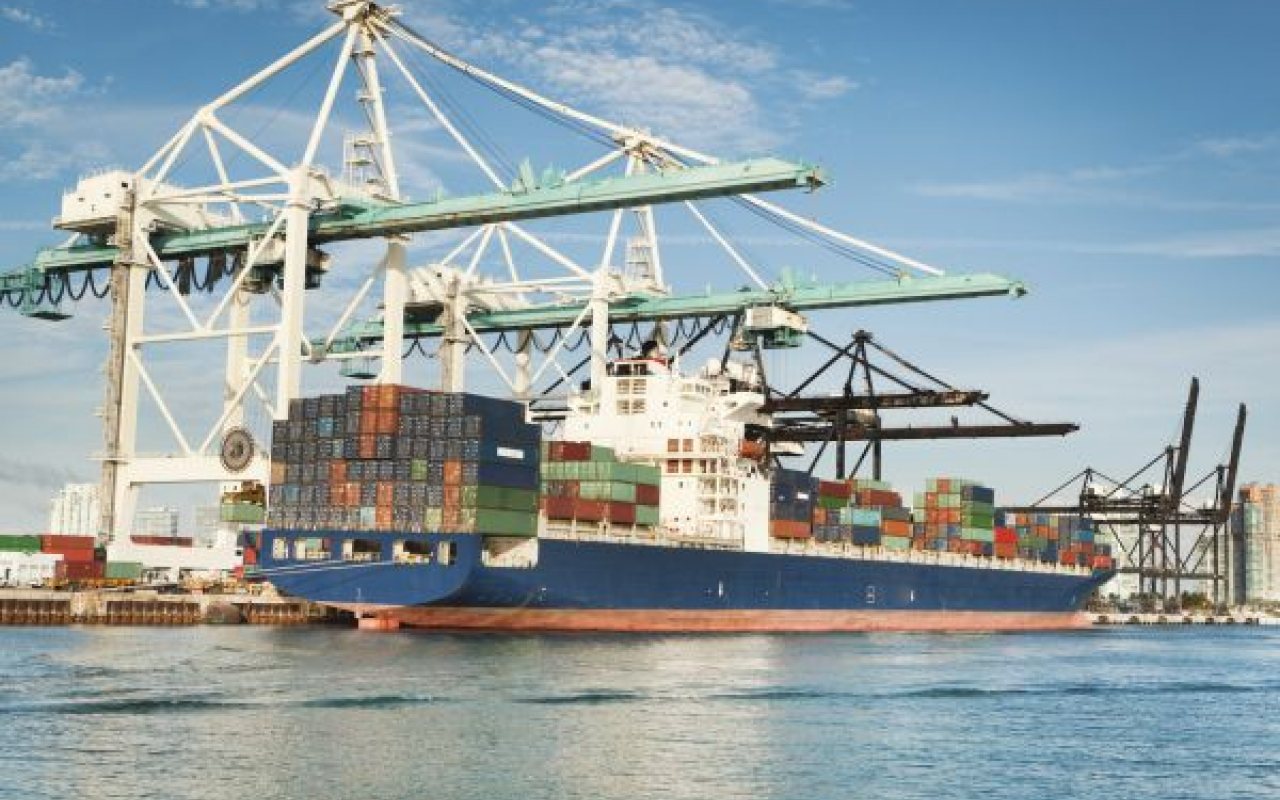The Arctic, once a remote and isolated frontier, is rapidly transforming into a hub of activity. Increased shipping, resource exploration, and scientific research are reshaping the region, ushering in a new wave of challenges – particularly in the critical domain of cybersecurity. As a maritime cybersecurity expert, I observe unique threats emerging in this icy environment, where fragile infrastructure, escalating geopolitical tensions, constrained communication bandwidth, and the looming specter of deliberate cable disruption create a perfect storm for cyberattacks.
Scott Blough is a senior mentor for the Maritime Risk Symposium. This year’s symposium occurs Tuesday, May 13, both online and at the Arctic Warrior Center on Join Base Elmendorf-Richardson, Alaska.
The Shadow of Deep-Sea Cable Cutters
Beyond traditional cyber intrusions, a significant and tangible threat is now emerging: the reported Chinese patent on a deep-sea cable cutter. While ostensibly designed for maintenance or salvage operations, the existence of such technology raises serious concerns about its potential for malicious use. In the Arctic, where undersea data cables are increasingly vital for communication, scientific data transfer, and even military operations, this technology presents a direct physical threat to critical infrastructure.
Imagine the impact of a deliberate cut to a vital undersea cable in the Arctic. It could cripple communication networks, disrupt navigation systems essential for safe passage in treacherous waters, and severely impede scientific research. The remoteness and harsh conditions of the Arctic would make detection, repair, and attribution incredibly challenging, amplifying the potential for prolonged disruption and strategic advantage for the perpetrator.
Infrastructure Limitations: A Vulnerable Foundation
The Arctic’s unforgiving environment and dispersed population present formidable obstacles to building and maintaining robust infrastructure. Limited access to dependable power, internet connectivity, and physical security measures inherently weaken systems against both cyber and physical attacks. This vulnerability is particularly alarming for essential infrastructure such as ports, communication networks, and navigation aids, all crucial for safe and efficient operations in this challenging region.
Consider a remote research outpost relying on a single, vulnerable fiber optic cable for its connection to the outside world. This lifeline becomes a prime target, not only for cyber intrusion but also for physical severance. A successful attack, whether digital or physical, could paralyze operations, lead to environmental damage, economic repercussions, and even endanger lives.
Geopolitical Tensions: Nation-State Actors in the High North
The Arctic is also an arena of growing geopolitical significance, with numerous nations vying for influence and control. This competition has fueled increased military presence and a heightened risk of cyber espionage, sabotage, and potentially, the strategic disruption of undersea infrastructure. Nation-state actors are increasingly targeting critical infrastructure and sensitive data in the Arctic, seeking strategic advantages or aiming to destabilize operations. The presence of technology capable of severing vital communication links adds a dangerous new dimension to these tensions.
Envision a scenario where a sophisticated cyber-physical attack combines a digital intrusion with the deliberate cutting of a key Arctic undersea cable. This could have profound economic and security ramifications, disrupting global trade, hindering military capabilities, and significantly escalating tensions between nations.
Communication Bandwidth: A Bottleneck for Security and Resilience
Limited communication bandwidth remains a significant impediment in the Arctic. The reliance on satellite communication, with its inherent latency and restricted capacity, complicates the implementation of robust security measures, such as real-time monitoring, intrusion detection, and swift incident response – both for cyber and physical incidents. The vast distances and challenging conditions also make rapid repair of damaged undersea cables a logistical nightmare.
Picture a scientific expedition in the Arctic diligently collecting critical climate data. Constrained bandwidth makes secure and timely transmission of this data back to research centers a challenge, increasing the risk of data interception or manipulation. Furthermore, in the event of a cable cut, the limited alternative communication channels would severely hamper repair efforts and coordination.
Navigating the Heightened Challenges: A Multi-Layered Approach
Addressing these multifaceted cybersecurity challenges, now compounded by the physical threat to undersea cables, demands an even more comprehensive, multi-layered approach:
The Arctic is a unique and increasingly critical environment, and safeguarding its digital and physical infrastructure must be a paramount priority for all stakeholders operating in the region. By understanding the specific and evolving risks, including the tangible threat posed by technologies like deep-sea cable cutters, and implementing appropriate security measures, we can strive to ensure the safe, sustainable, and secure development of this vital part of our planet.
About the Author:Scott Blough is a strategic partner. His deep understanding of the intricate security challenges facing today’s businesses, coupled with his extensive background in law enforcement, corrections, criminal justice information systems, financial fraud, and digital forensics, positions him as a sought-after advisor. Mr. Blough is a respected figure in national and international security circles, actively contributing to initiatives such as NATO’s Combined Joint Operations for the Sea Centre of Excellence’s Maritime Security Information Sharing Working Group. A renowned speaker and thought leader, Mr. Blough has shared his insights at prestigious venues, including NATO, DHS Centers of Excellence, and the US Coast Guard. He is a Senior Mentor for the Maritime Risk Symposium and was the National Co-Chair for the 2017 symposium, solidifying his reputation as a leading authority in maritime cybersecurity.






